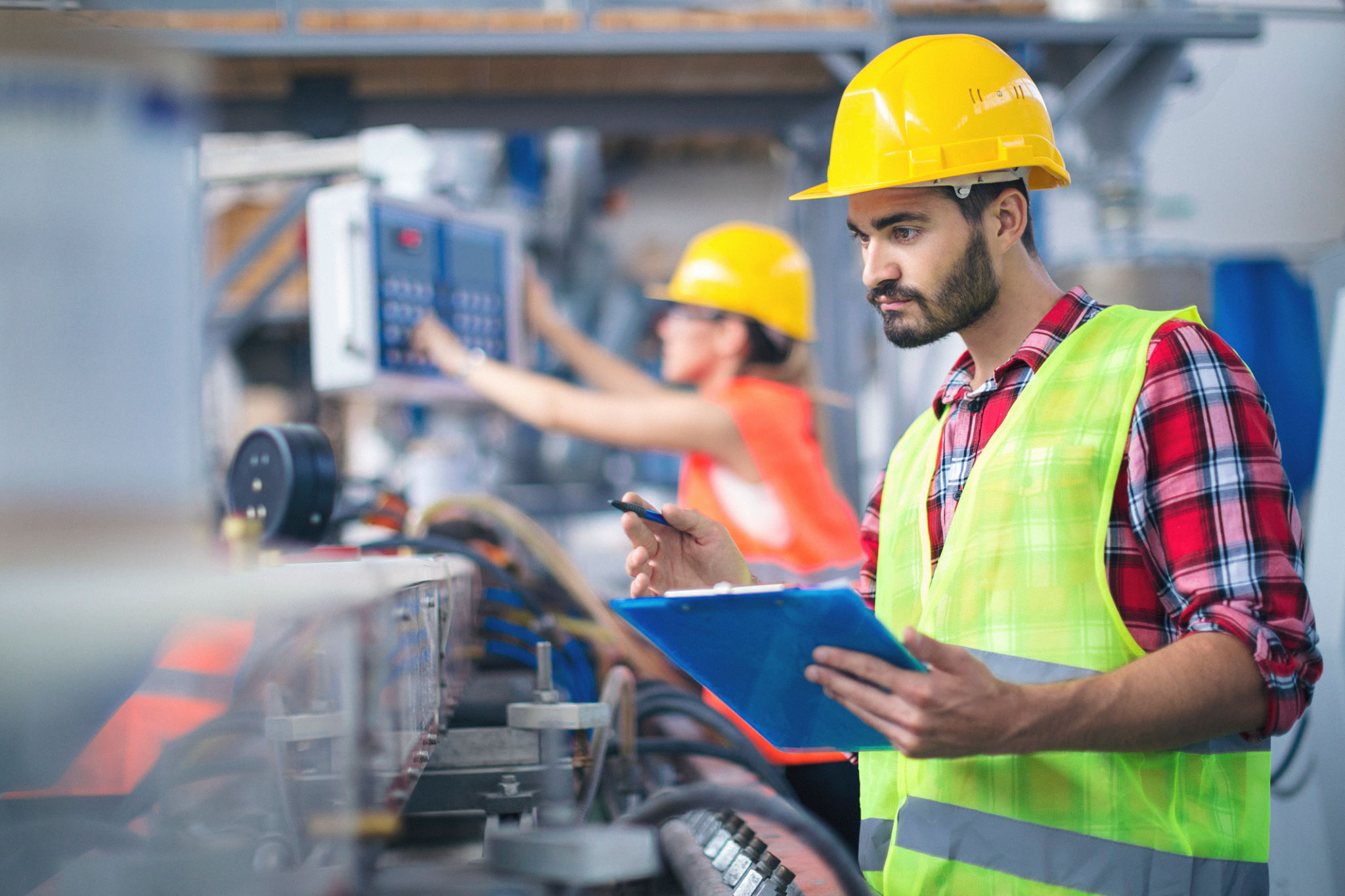Benefits of Automatic vs Manual Packing Systems: Which is Right for Your Business?
Introduction to Packing Systems
In today's fast-paced market, businesses constantly seek ways to improve efficiency and reduce costs. One area ripe for innovation is the packing process. This essential component of the supply chain can be handled manually or through automatic systems, each with its own set of benefits. Understanding which system is right for your business can lead to significant improvements in productivity and cost-effectiveness.
Benefits of Automatic Packing Systems
Automatic packing systems offer a host of advantages, particularly for larger operations. These systems can significantly increase the speed of packing, allowing a business to handle a higher volume of goods in a shorter period. This is particularly beneficial for companies with high demand or seasonal spikes in sales.
Moreover, automatic systems can help reduce labor costs. While the initial investment in machinery might be substantial, the reduction in manpower required for packing can lead to long-term savings. Automation also minimizes human error, ensuring consistency and accuracy in packing.

Scalability and Efficiency
One of the standout features of automatic systems is their scalability. As your business grows, these systems can be easily adjusted to handle increased workloads without a proportional increase in labor costs. This scalability makes automatic systems an attractive option for businesses planning future expansion.
Efficiency is another critical benefit. Automatic packing systems can operate continuously, without breaks, which maximizes output. This constant productivity can be crucial for meeting tight deadlines and maintaining customer satisfaction.
Advantages of Manual Packing Systems
Despite the benefits of automation, manual packing systems still hold their ground, particularly for small to medium-sized businesses. The flexibility offered by manual systems is unmatched, allowing for easy adjustments to packaging processes without significant reconfiguration.

Manual systems also tend to require a lower initial investment compared to automatic systems. This makes them an ideal choice for startups or businesses with limited capital. Additionally, manual packing allows for a personal touch, which can be beneficial for businesses that prioritize customized or artisanal packaging.
Human Touch and Quality Control
The human element in manual packing provides an opportunity for quality control that machines may not fully replicate. Workers can inspect each item during the packing process, ensuring that products meet the desired standards before reaching customers.
Furthermore, manual systems offer the ability to adapt quickly to changes in packaging design or requirements. This adaptability can be crucial for businesses that need to pivot quickly or experiment with different packaging strategies.

Conclusion: Choosing the Right System
Deciding between automatic and manual packing systems depends largely on your business's specific needs and goals. For those with high volume demands and a focus on efficiency and scalability, automatic systems may be the better choice. However, if flexibility, lower initial costs, and a personal touch in packaging are priorities, manual systems might be more suitable.
Ultimately, the decision should be guided by careful consideration of your business's current capabilities and future aspirations. By aligning your packing system with your operational needs, you can optimize your supply chain and enhance overall productivity.
